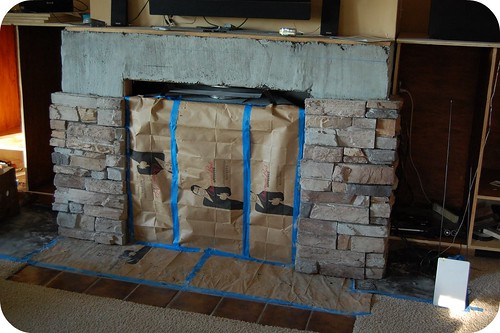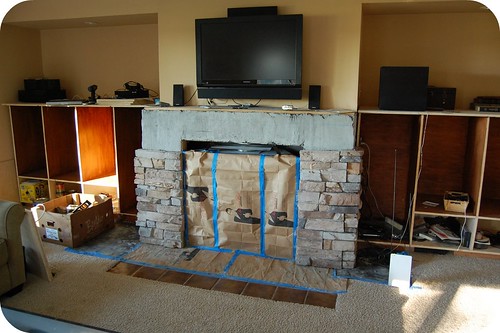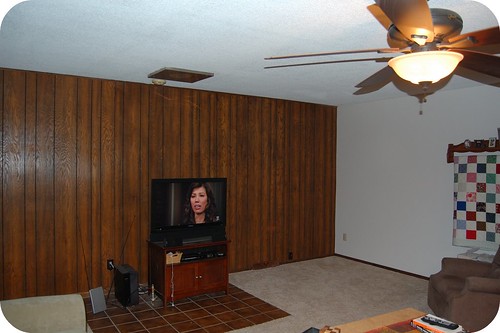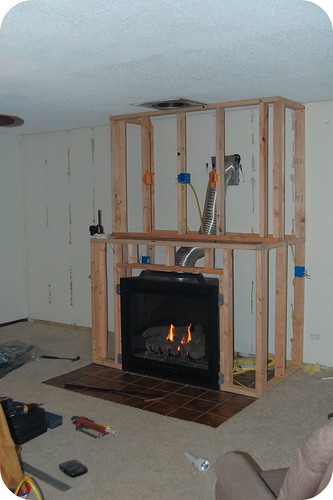I should really back up a bit and lay some ground work for the above title.
Our house was built in 1967, there are two things relevant about the vintage of my house for the purposes of this particular allegory. 1) In 1967 there were INCREDIBLY different standards pertaining to size, shape and function of certain basic home amenities. Take for instance a tub drain. Today there are two sizes of tub drains available, if for what ever reason your tub drain were to fail (however unlikely that may seem, in the history of suburban man a tub drain aka "a HOLE" there have been no recorded instances of said HOLE's complete cessation of function. Don't worry though well get there) you could go to "Big Box Store" and readily purchase any of a wide variety of tub drains. Some are chrome, some are brass finish, some have fancy spring activated built in plugs, some don't. Rest assured however, they are available. In abundance.
The second salient point that relates to my houses age is that the people who built it were craftsman. Real callused hand, camel smoking, hand saw using, freaking craftsman. Due to the high degree of skill used in the initial construction of my house there are many sub systems that have functioned quietly and perfectly for quite a number of years. Take for example the tubs plumbing.
My beloved spouse, and adorable baby boy were able help me understand both of the above points in detail.
My wife is in the process of remodeling our main bathroom. Shes been doing it in small chunks here and there. One of the recent efforts was trying to "dress up" the tub, drain and water mixing valve. The valve we had, broke, and my wife seized on the opportunity to "improve" the bathroom by purchasing a dress up kit from a Big Box Store, that included a new spigot, mixing valve, plug plate cover, and a new tub drain!
Non of it Fit! Not a single freaking piece! It WAS ALL WRONG@!
The first of my two points came into very sharp focus at this point. Its not that it almost fit, it was just a fraction of a size too big or too small. It was beyond hope outta wack. Up sewage creek sans paddle.
Keep in mind, to find out these things did not fit, we first had to try to install them. If your first thought was, "you have to remove the old fixtures before you can try new ones" you were absolutely correct. In the case of the spigot, mixing valve and cover, No. Big. Deal. We simply cleaned up the old pieces and put em back on. Easy. The tub drain was an entirely different experience. For those of you uninitiated in how holes (yeah its a freaking hole. Period.) are installed let me give you a bit of a primer. New drains (read holes) are installed using cross members that quarter the inner diameter of the drain. Its there fore easy to slip a pair of needle nose pliers into the quadrants and simply tighten or loosen the drain to install it or remove it. Simple. Easy. Straight forward.
This method of drain (read hole) construction was not used widely in 1967. In fact I'm sure when they built my house Billy Bad Ass plumbing god finished plumbing the tub drain, holstered his wrench, sparked up an unfiltered cigarette, wiped his oakum stained hands on his flannel shirt and said "that fuckers perfect, it ain't ever coming out". I'm sure at NO POINT during the construction of this bathroom did any one ever question the aesthetic characteristics of the hole that lets the water leave the bath tub. Ever, not even once, id bet a kidney on it.
Then my wife showed up.
Billy bad ass and his crew of plumbers used chrome plated brass fittings that were intended to be installed, and removed only if the commies were coming and these items could be used as weapons. As such removing the old drain plug (read Glory Hole) required a hammer, a large flat head screwdriver, and two cut digits. Once removed, and the new improved drain (read hole) proved to be one of the new standard sizes and as such no where near the size used in 1967. I had to reinstall the old tub drain.
Reinstalling the tub drain, was not fun, easy, straight forward, or something that was completed in what even Job would have considered a reasonable amount of time. I got it tough, I got it reinstalled. It was NEVER COMING OUT AGAIN! I had a leak free tub drain (read hole). I was in the clear.
My son disagreed.
The previously installed plug did not make it through the reinstall. No biggie though, one of my sons squishy bath toy balls fit perfectly into the mouth of the drain (read hole). I simply installed the ball the duration of bath time and removed it when we were done. Simple. Easy. Straight Forward. I would even say it was fail proof. It was in fact fail less until last night. When my son shoved the ball down the drain well past the point of no return. All the way down, no coat hanger drain snake was going to fish this bad boy out. We were balled er....ah... hosed. The squishy ball had made it to the honey trap.
sawzall, wedged in between floor joists with out slipping and absolutely FUBARing .5" water supply lines is a nerve wracking experience i need not repeat) .
With the trap replaced, and a good non big box plumbing retailer located it was a simple matter to buy a bushing and install an Orifice beautification kit, with built in drain. Hot dog. That and about 9 beers makes the mental rehab possible after a project like this.
I hate plumbing.




















